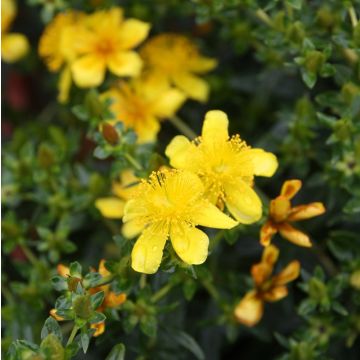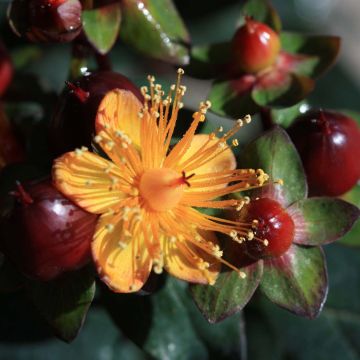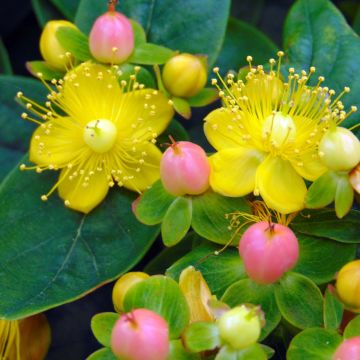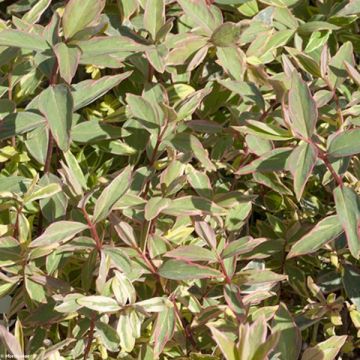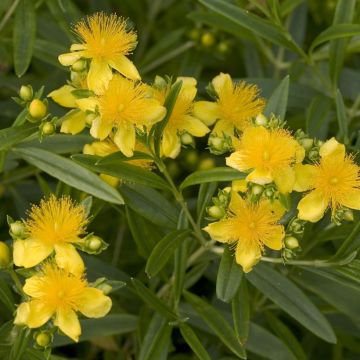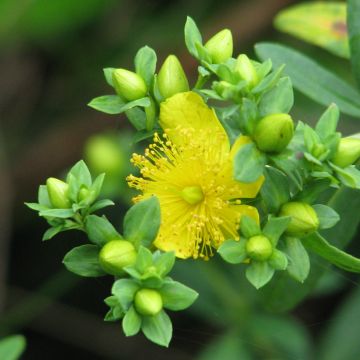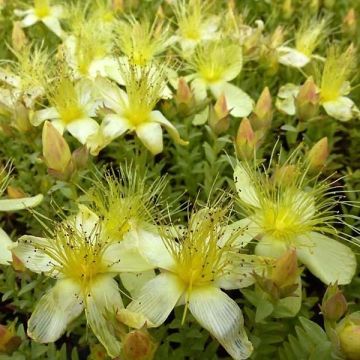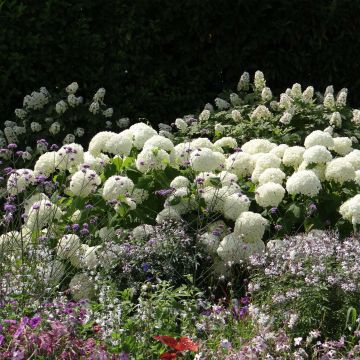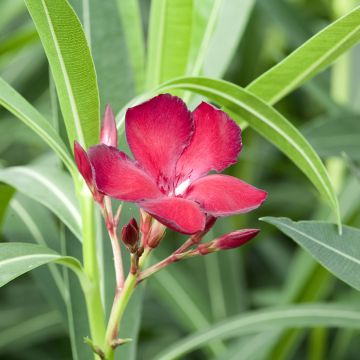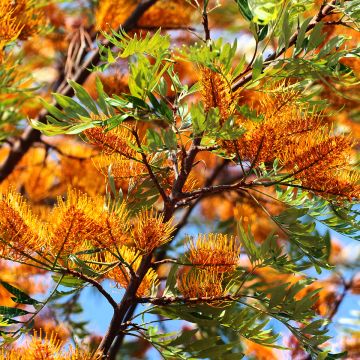

Hypericum densiflorum Buttercup - St. John's wort


Hypericum densiflorum Buttercup - St. John's wort
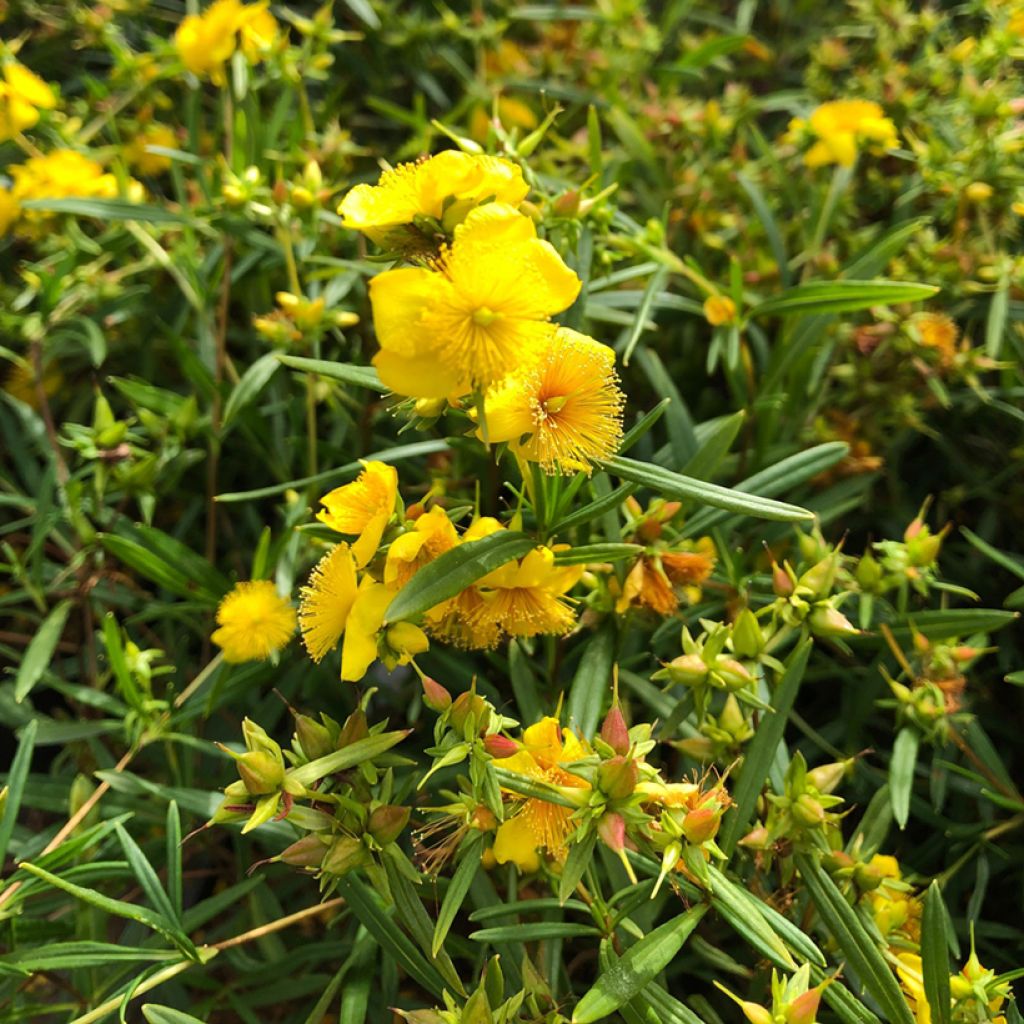

Hypericum densiflorum Buttercup - St. John's wort


Hypericum densiflorum Buttercup - St. John's wort


Hypericum densiflorum Buttercup - St. John's wort
Hypericum densiflorum Buttercup - St. John's wort
Hypericum densiflorum Buttercup
St. John's wort
This item cannot be shipped to the selected country
Delivery charge from €5.90
Delivery charge from €5.90
More information
Schedule delivery date,
and select date in basket
This plant carries a 24 months recovery warranty
More information
We guarantee the quality of our plants for a full growing cycle, and will replace at our expense any plant that fails to recover under normal climatic and planting conditions.
From €5.90 for pickup delivery and €6.90 for home delivery
Express home delivery from €8.90.
From €5.90 for pickup delivery and €6.90 for home delivery
Express home delivery from €8.90.

Does this plant fit my garden?
Set up your Plantfit profile →
Description
Hypericum densiflorum 'Buttercup' is, like the majority of St. John's wort, the archetype of an easy-to-care-for, generous plant, that is comfortable everywhere. This one is an all-terrain bush, not very tall, aromatic in all its parts, with dense and particularly fine foliage of a beautiful bluish green that turns yellow in autumn before falling. It provides a long flowering period from July to October, in the form of small bright golden yellow cups. It will thrive in all soils that are not too dry, in the company of other easy-to-care-for wild plants.
'Buttercup' is derived from Hypericum androsaemume. This medicinal and aromatic plant is native to southwestern Europe, particularly from a region called Anatolia, located at the western end of Asia. In nature, this undershrub grows in wet meadows, at the edge of ponds, in cool undergrowth, not far from watercourses. It belongs to the Hypericaceae family.
The 'Buttercup' cultivar is distinguished by its uninterrupted summer flowering in moist soil. This fairly fast-growing bush generally does not exceed 80cm (32in) in height and 1m (3ft) in width, but sometimes much more depending on growing conditions. It has a dense and rounded habit, rather spreading, carried by red to cinnamon-coloured stems, all arising from the stump. They are adorned with elongated, pointed, long, entire and narrow, leathery leaves, 5 to 10cm (2 to 4in) long. The deciduous foliage is a beautiful dark green with a slightly bluish underside, taking on a beautiful yellow colour in October highlighted by the cinnamon-coloured branches. It blooms practically four months of the year, from June-July to September-October, with possibly an interruption during the hottest weeks if the soil is dry. The flowers, produced abundantly in racemes of 5 to 11 flowers, 2.5 to 3.5cm (1in) in diameter, consist of 5 rounded, golden yellow petals arranged in an open cup. The centre of the flower is occupied by a crown of prominent, fairly long stamens. This flowering is followed by the formation of a few conical fruits that are red, then blue-black when ripe.
St. John's wort is appreciated for its long flowering period and its ease of cultivation in all soils and under all climates, even by the seaside. If you like yellow flowers, 'Buttercup' is ideal for a new garden, even for novice gardeners. It excels in low shrub beds or perennial beds, but also in undergrowth, at the edge of a grove. For example, it can be combined with dwarf buddleias, a Morning Mist rose, shrubby lavatera, weigelas (in moist soil), or Rhaphiolepis (in dry soil). Its yellow flowering will not compete with the more pastel spring flowering. Perfectly hardy, it should be planted in full sun in cool climates, but in partial shade in hot climates to protect its foliage from scorching sun.
Report an error about the product description
Hypericum densiflorum Buttercup - St. John's wort in pictures


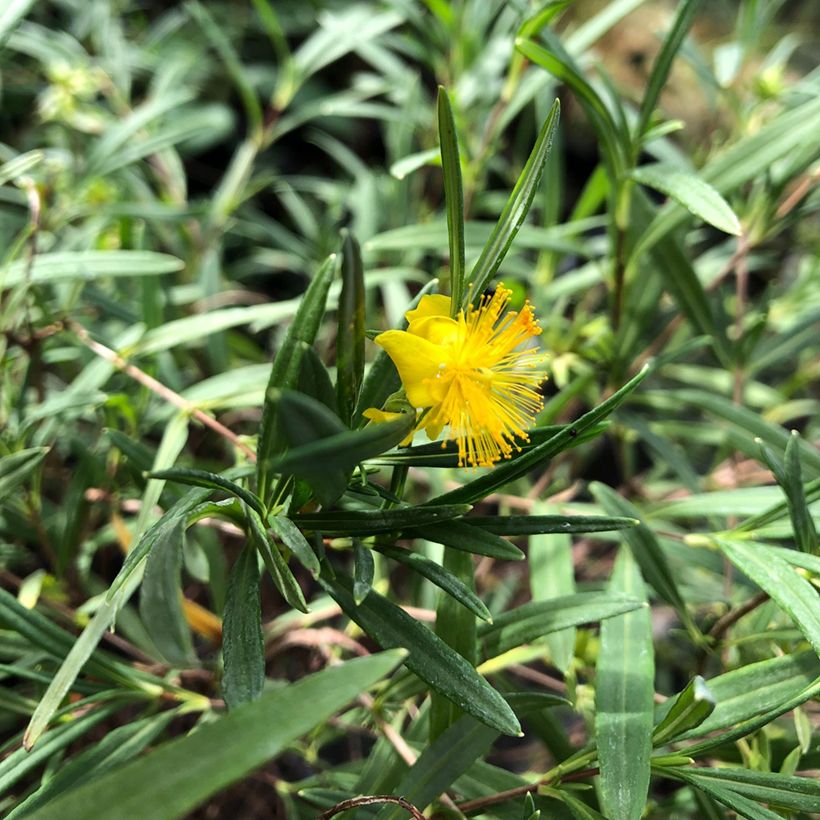

Plant habit
Flowering
Foliage
Botanical data
Hypericum
densiflorum
Buttercup
Clusiaceae
St. John's wort
Cultivar or hybrid
Other Hypericum - St.John's Wort
Planting and care
Plant in a very sunny position in cool climates, or in partial shade in warm climates. Its foliage can be damaged by excessive sun. Ensure it is sheltered from the wind. This St. John's wort appreciates moist to wet soils, but adapts well to occasionally dry soils. The soil's pH is not too important, as long as it is not excessively acidic or excessively calcareous. It needs deep, light, sandy or humus-rich soil. It is hardy up to -20°C (-4°F), not very susceptible to diseases, and its enemies are rare. Perform pruning for shaping in late winter.
Planting period
Intended location
Care
-
, onOrder confirmed
Reply from on Promesse de fleurs
Summer-flowering shrubs
Haven't found what you were looking for?
Hardiness is the lowest winter temperature a plant can endure without suffering serious damage or even dying. However, hardiness is affected by location (a sheltered area, such as a patio), protection (winter cover) and soil type (hardiness is improved by well-drained soil).

Photo Sharing Terms & Conditions
In order to encourage gardeners to interact and share their experiences, Promesse de fleurs offers various media enabling content to be uploaded onto its Site - in particular via the ‘Photo sharing’ module.
The User agrees to refrain from:
- Posting any content that is illegal, prejudicial, insulting, racist, inciteful to hatred, revisionist, contrary to public decency, that infringes on privacy or on the privacy rights of third parties, in particular the publicity rights of persons and goods, intellectual property rights, or the right to privacy.
- Submitting content on behalf of a third party;
- Impersonate the identity of a third party and/or publish any personal information about a third party;
In general, the User undertakes to refrain from any unethical behaviour.
All Content (in particular text, comments, files, images, photos, videos, creative works, etc.), which may be subject to property or intellectual property rights, image or other private rights, shall remain the property of the User, subject to the limited rights granted by the terms of the licence granted by Promesse de fleurs as stated below. Users are at liberty to publish or not to publish such Content on the Site, notably via the ‘Photo Sharing’ facility, and accept that this Content shall be made public and freely accessible, notably on the Internet.
Users further acknowledge, undertake to have ,and guarantee that they hold all necessary rights and permissions to publish such material on the Site, in particular with regard to the legislation in force pertaining to any privacy, property, intellectual property, image, or contractual rights, or rights of any other nature. By publishing such Content on the Site, Users acknowledge accepting full liability as publishers of the Content within the meaning of the law, and grant Promesse de fleurs, free of charge, an inclusive, worldwide licence for the said Content for the entire duration of its publication, including all reproduction, representation, up/downloading, displaying, performing, transmission, and storage rights.
Users also grant permission for their name to be linked to the Content and accept that this link may not always be made available.
By engaging in posting material, Users consent to their Content becoming automatically accessible on the Internet, in particular on other sites and/or blogs and/or web pages of the Promesse de fleurs site, including in particular social pages and the Promesse de fleurs catalogue.
Users may secure the removal of entrusted content free of charge by issuing a simple request via our contact form.
The flowering period indicated on our website applies to countries and regions located in USDA zone 8 (France, the United Kingdom, Ireland, the Netherlands, etc.)
It will vary according to where you live:
- In zones 9 to 10 (Italy, Spain, Greece, etc.), flowering will occur about 2 to 4 weeks earlier.
- In zones 6 to 7 (Germany, Poland, Slovenia, and lower mountainous regions), flowering will be delayed by 2 to 3 weeks.
- In zone 5 (Central Europe, Scandinavia), blooming will be delayed by 3 to 5 weeks.
In temperate climates, pruning of spring-flowering shrubs (forsythia, spireas, etc.) should be done just after flowering.
Pruning of summer-flowering shrubs (Indian Lilac, Perovskia, etc.) can be done in winter or spring.
In cold regions as well as with frost-sensitive plants, avoid pruning too early when severe frosts may still occur.
The planting period indicated on our website applies to countries and regions located in USDA zone 8 (France, United Kingdom, Ireland, Netherlands).
It will vary according to where you live:
- In Mediterranean zones (Marseille, Madrid, Milan, etc.), autumn and winter are the best planting periods.
- In continental zones (Strasbourg, Munich, Vienna, etc.), delay planting by 2 to 3 weeks in spring and bring it forward by 2 to 4 weeks in autumn.
- In mountainous regions (the Alps, Pyrenees, Carpathians, etc.), it is best to plant in late spring (May-June) or late summer (August-September).
The harvesting period indicated on our website applies to countries and regions in USDA zone 8 (France, England, Ireland, the Netherlands).
In colder areas (Scandinavia, Poland, Austria...) fruit and vegetable harvests are likely to be delayed by 3-4 weeks.
In warmer areas (Italy, Spain, Greece, etc.), harvesting will probably take place earlier, depending on weather conditions.
The sowing periods indicated on our website apply to countries and regions within USDA Zone 8 (France, UK, Ireland, Netherlands).
In colder areas (Scandinavia, Poland, Austria...), delay any outdoor sowing by 3-4 weeks, or sow under glass.
In warmer climes (Italy, Spain, Greece, etc.), bring outdoor sowing forward by a few weeks.

































